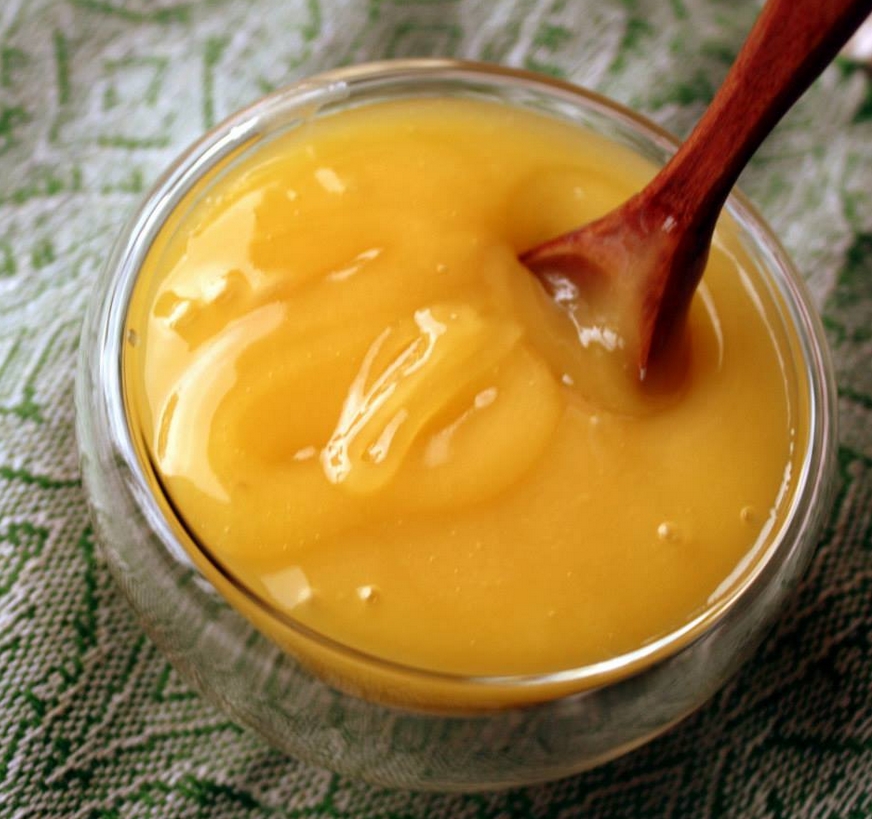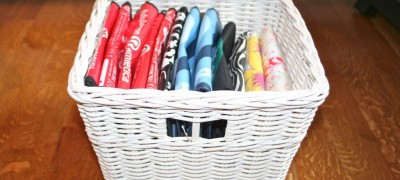Features of storing honey at home
Do you like honey? Probably, it is difficult to find a person who would not like to drink a cup of warm tea with a bite of fragrant honey on a dark winter evening. But tea should be just warm, so as not to deprive the flower nectar of its healing properties.
And in order for this wonderful bee product to retain its qualities, you need to know and follow the rules of its storage.
How to store honey? What kind of cookware is ideal for this purpose? What is the best temperature? You will find answers to these and many other questions in our review.
What is the shelf life of honey?
If we turn to history, it becomes clear that the bee product has an almost unlimited shelf life. There are known cases of the discovery of vessels with honey in the ancient Egyptian tombs of the Pharaohs.
Archaeologists found packages, uncorked them and were amazed: they just got sugared and darkened, but they did not disappear and did not even lose their healing qualities. Of course, trying a product that has been stored for thousands of years is not worth it. But the fact remains.
According to other studies carried out in ancient Russia, people of that time kept the tubs with honey for 2-3 years and only then they ate them. So the taste became expression, and the healing properties increased many times over.
If we turn to modern research, it becomes clear that now the shelf life of this product has become much shorter. Here is what the state standard GOST 19792 says:
- when stored in a tight container, the honey product can be stored for 1 year;
- in sealed and tight - 2 years.

The manufacturer cannot indicate more than this period on the package. And it doesn't matter what material and what standard the container is made of. Such standards are determined by the state.
But how long does honey actually last? It is no coincidence that our ancestors kept it in wooden barrels made of birch, alder and other types of wood.
That's the problem. In ancient Russia, people did not know about all kinds of additives, growth hormones, pesticides and antibiotics. Bees collected pollen, nectar from wildflowers that grew near the villages. Flowers are not GMO processed. Everything was natural.
In the modern world, things are different. Of course, there are still untouched fields, beekeepers, gardeners, bees that collect flower nectar from wild plants. But large agro-industrial complexes do their bit. Therefore, modern honey has a shelf life, passes quality tests, analyzes and much more.
Storage conditions
In order not to spoil the bee product, you need to know how to store it. Let's refer to the same GOST # 19792.The document lists several types of honey:
- floral / nectar (collected from flowers);
- honeydew (collected from secretions on the leaves of trees);
- mixed (respectively, "mix" of the two previous options).
The nectar product is more valuable. Bees collect it from flower trees, wildflowers. As the name suggests, insects collect nectar.
The honeydew collection is dark in color (in some cases, brown). This honey tastes very sweet. The structure is viscous, viscous.
The honeydew collection takes place if there are no flowering plants nearby. Most often, honeydew is released from activity on the surface of the foliage of insects (aphids in particular). A sweet juice is released, which the bees collect.
When insects feed on paddy, their vital activity is halved. This is due to the excellent chemical composition of the honeydew from the nectar. It contains more disaccharides, dextrins, less monosaccharides. This chemical composition contributes to greater acidity, hygroscopicity and acidification.
Hygroscopicity is the ability of a substance to absorb moisture from the air.
So we come to an understanding of the issue. Since honeydew honey has a higher hygroscopicity than flower honey, therefore, the moisture content of such a product is higher. And since the humidity parameter directly affects the conditions and shelf life, hence the conclusion: the flower product is stored longer than honeydew.
Storage conditions for both types, according to the recommendations of GOST 19792, are similar.
- It is necessary to place packages with a sweet product in dark rooms.
- It is strictly forbidden to store next to poisonous, highly dusty substances and products.
- Do not place packages next to food that emits strong odors (smoked products, spices, salting, pickling, and other similar products).
- It should be stored in sealed packaging, observing a temperature regime of no more than 20 degrees Celsius.

It is also worth considering the humidity of the room. Under normal room conditions and tightness of the package, 60% will be sufficient. If we are talking about honeydew honey, in this case we must talk about humidity of 50%.
Special attention is also paid to storage containers. According to the standard, it is allowed to use glass, ceramics, metal, wood. But there are limitations, which will be indicated below.
How to store at home?
In order to preserve honey at home, it is not necessary to follow the strict regulations specified in the interstate standards. These documents prescribe clear requirements for industrial production and sales.
When it comes to home storage of a jar of delicious honey purchased from a local trusted beekeeper-gardener Uncle Petit, the requirements are simpler. But you still need to follow these tips.
- The room where you are going to put the jar must be dark, excluding the penetration of light rays.
- The temperature regime is best provided at +10 degrees Celsius. If it is impossible to find such a place, you can provide the temperature up to +20 degrees.
- The room must be ventilated.
- Store honey next to flour, cereals and cereals, if possible, exclude.
- The container should be glass, plastic, metal or wood, with a tight, sealed lid.

If you plan to preserve the healing properties of a bee treat for as long as possible, it is best to pack it in a glass jar that closes with a tight, nylon lid.
It is unacceptable to use soft covers that can be easily removed with one hand. Capron should fit snugly against the neck of the can, ensuring complete airtightness with respect to the environment. This requirement is very important, since honey absorbs moisture well. Excess moisture will reduce the shelf life, and the consistency will begin to exfoliate prematurely.
Observing the above requirements, honey can be stored at home as long as you like. Up to 10 years for sure.
It is worth noting that this storage duration applies only to the flower treat. The honeydew collection in this regard is capricious due to the increased hygroscopicity and the presence in its chemical composition of an increased amount of disaccharides and dextrins.
For a honeycomb treat, the requirements are much stricter. In addition to additional packaging with craft paper, special temperature and humidity conditions are required. If the bees have tried their best to clog the combs with high quality, then there will be no problems. But if the blockage did not go according to plan, it is necessary to ensure the air humidity in the storage area is no more than 40%.
Can I be stored on the balcony?
In fact, storing honey on the balcony is an excellent solution, but subject to a number of conditions.
- The preservation of the bee delicacy takes place in the winter.
- The balcony is glazed from the street and does not have heating radiators.
- There are specially equipped shelves with lockable doors to keep out light rays.
- The temperature on the balcony ranges from +5 to +10 degrees Celsius.

Beekeepers-gardeners recommend storing natural "creation" just at temperatures from +5 to +10 degrees Celsius. In this range, an ideal balance is ensured, allowing the healing properties of the nectar to be preserved for the longest possible time, and to prevent premature sugaring.
Note - Sugaring is not a disadvantage. The fact is that the medok will in any case be subject to this process, which in no way speaks of the quality or violation of the preservation conditions.
Cold storage
Often on the Internet you can find such a recommendation - do not store honey products in the refrigerator. What is the reason for this? Why can't honey be refrigerated?
There are several answers to this question:
- lowered temperature regime;
- presence of extraneous food;
- frequent exposure to light.
And if you can still deal with light, then with a low temperature and, even more so, with a negative commodity neighborhood - alas and ah.
In an ordinary home refrigerator, the temperature is kept in the range from +2 to +4 degrees Celsius. Also in the cell you can find such products as smoked sausage, salted herring, smoked chicken, etc. In addition, in the presence of fruits and vegetables, moisture is released, which is detrimental to our delicacy.
You can store honey in the refrigerator only if the temperature is observed there +5 and above (up to +10).
Container
One of the most important conditions for the preservation of bee delicacies for a long time is a properly selected container. Here's how honey can be stored:
- glass;
- ceramics;
- clay;
- metal;
- wood;
- plastic.
About each material in order. Everything is clear with glass. An ordinary three-liter jar will do. Ceramic dishes must be glazed on the inside. The same goes for earthen vessels.
The requirements for metal containers are much more stringent. You can use dishes from sheet, stainless steel, aluminum, aluminum alloys. But copper or galvanized containers are completely unsuitable and even dangerous.
Hygroscopicity is the main drawback of a sweet bee treat. All the harmful substances in these alloys, our honey will easily absorb into itself, and safely poison you.
Since ancient times, wooden containers, tubs, buckets have been considered the best (after clay pots) for packing and preserving sweet delicacies. But not any kind of water can be used. Linden, birch, ash are well suited. But oak, pine, fir-tree, fir will be superfluous and even dangerous. All the same notorious hygroscopicity.
Requirements for plastic - it must be food grade. When planning long-term storage, it is better not to use plastic.
The single requirement for all dishes is cleanliness. If not observed, the delicacy may ferment, which indicates its spoilage.
Video: how to properly store honey at home





